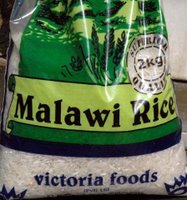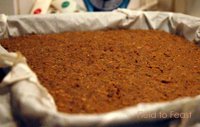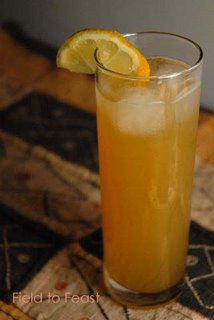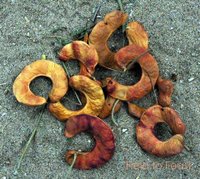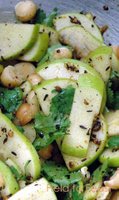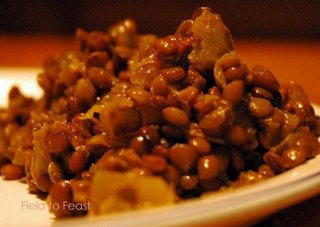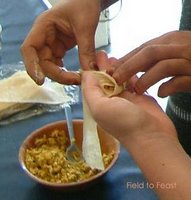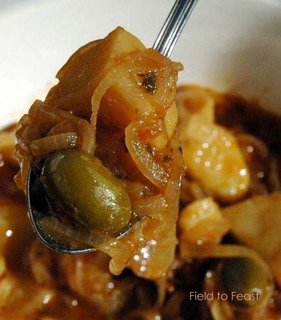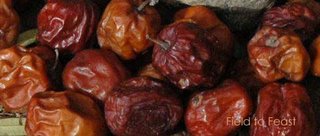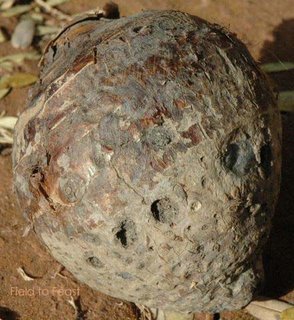 Melissa of The Traveler’s Lunchbox has issued a daunting challenge to food bloggers, and Anna from Morsels & Musings has dared me to meet it. The challenge? To recommend five foods – and five foods only – that everyone should eat once before they die.
Melissa of The Traveler’s Lunchbox has issued a daunting challenge to food bloggers, and Anna from Morsels & Musings has dared me to meet it. The challenge? To recommend five foods – and five foods only – that everyone should eat once before they die.
I quickly realized this task required much more than a simple bulleted list, for it wasn’t only food items vying for a spot on my top five, but the stories behind them. After all, much of a food’s value and significance comes from its personal meaning and societal context – the source of the ingredients or recipe, the location where you eat the food, how the food is eaten, and who you are eating it with. Sure, burritos are good, and everyone should eat one pre-Grim Reaper, but a guacamole burrito from Carrburritos in
What makes a particular food item memorable is different for every person. My “five things to eat before you die” will not make your list unless, after eating them, you, too, have a story to tell.
Milk from a cow. All you Louis Pasteur fans may not be with me on this one, but once you’ve had milk straight from the cow, you realize milk from a carton is a totally different species. It’s like one version should be called cow milk, and one should be called store milk. Where does store milk come from? The store. Where does cow milk come from? The cow. And you know this because cow milk tastes, well, slightly cow-y, and it is warm because, well, it has just been inside the cow, and it is creamy because it has all the fat the cows put there naturally. Try some.
Custard apple with blue cheese. Do you ever wonder how certain food combinations came to be? Who was the first person who tried popcorn with butter? Peanut butter and jelly? Rice and beans? Muesli with yogurt? Well, I can tell you exactly how this food combination, soon to take the world by storm, was created. One Saturday morning in
An ice cream cone at Maple View Farms in Chapel Hill, North Carolina. Lick your cone while lazily swaying back and forth on your wooden rocking chair, gazing over the field where the cows who contributed to your happiness graze and chew their cud. To make the homemade ice cream taste even better, go to Maple View on the day before your wedding, and have your husband-to-be read from a list he has written of all the reasons he wants to spend the rest of his life with you, making the next day’s courthouse ceremony more special than any limousine and white dress affair you could ever imagine. Pick any ice cream flavor you want; trust me, it won’t matter.
Jiao.zi. I am not much of a window shopper when it comes to clothes, but if it is roadside food vying to catch my eye – watch out. If you feel similarly, then you, too, should spend a few months living in
Your grandmother’s cookies, made by you. If you somehow escaped growing up without eating your grandmother’s cookies – or if you ate her cookies by the fistful, but never asked for the recipe – go digging through that dusty recipe box she left you and get baking, tout suite. That way, when your grandchildren start cooking on their own, you can supply them with their great-great grandmother’s cookie recipe. And that will be a very special thing. (The cookies won’t taste nearly as good as when your grandmother made them, but luckily your grandkids won’t know that.) Already stock your grandmother’s cookies in your cookie jar? Start asking friends for their grandmothers’ recipes. Soon, you will have a collection of the best cookie recipes ever. Here’s my contribution, just to get you started:
Nana’s Molasses Cookies
¾ cup vegetable shortening
1 cup sugar
¼ cup molasses
1 egg
2 teaspoons baking soda
2 cups flour
½ teaspoon ground cloves
½ teaspoon ground ginger
1 teaspoon cinnamon
½ teaspoon salt
Beat together the shortening, sugar, molasses and egg in a medium bowl. In a separate bowl, sift together all of the dry ingredients. Combine the dry and wet ingredients and mix well. Mould the batter into 1-inch diameter balls and roll them in the extra sugar. Place the balls on a greased cookie sheet, 2 inches apart. Bake at 375 degrees F for 8-10 minutes.



